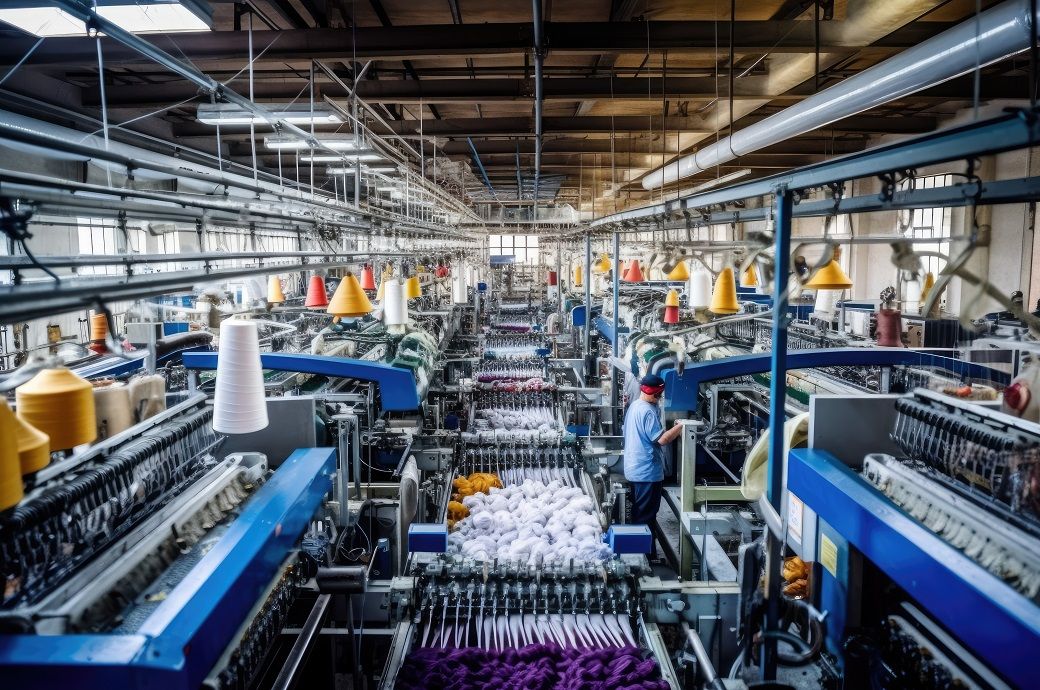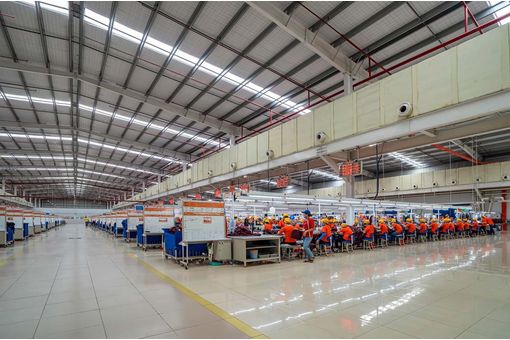Australia's industrial sector continues to contract into new year

Insights
- Australia's industrial sector's index decreased to minus 27.3 in December 2023/January 2024, marking 21 months of contraction.
- The PMI remains in contraction at minus 23.8.
- The country's activity, employment, and new orders indicators declined, while pricing pressures and wage growth persisted.
- Capacity utilisation dipped to 79.2 per cent.
The Australian purchasing managers’ index (PMI) (all manufacturing) also showed signs of struggle, albeit with a slight improvement of 1.5 points, yet still remaining in contraction at minus 23.8. This downturn has been consistent since September 2022, attributed to lower productivity due to holiday shutdowns, increasing input costs, supply delays, and ongoing recruitment difficulties.
Industry activity saw a further decline, with the activity indicator dropping 7.5 points to minus 37.2, the lowest since the pandemic lockdowns of 2020. This negative trend has spanned over twenty-one months, reflecting a broader industry downturn. Employment in the sector also contracted further, with the indicator falling 1.5 points to minus 5.2 in December/January. However, employment levels have seen some stabilization around minus 4.5 over the last four months, despite challenges in hiring qualified staff and weaker customer demand, as per the Ai Group.
New orders plummeted by 15.3 points to minus 45.3, marking the lowest reading since the inception of the Ai Group's index in January 2020. This decline has been part of a negative trend since July 2022. Although there was a slight improvement in input volumes compared to November, the indicator remained in contraction at minus 4.8, a trend that has persisted for the past two years.
In terms of pricing, all indicators saw increases in December/January, continuing the trend of elevated price levels. The gap between input and sales prices widened to 34.2 points, indicating ongoing margin pressures. The average wages indicator rose by 7.4 points to 37.9, still reflecting strong market pressures for wage growth despite being below the peak levels of July 2023.
Capacity utilisation in the Australian industry slightly decreased to 79.2 per cent in December/January. Although utilisation rates have been trending down over the past year, they remain historically high, indicating supply-side constraints, especially in labour supply. Some respondents noted that while older orders are still utilising capacity, new orders have seen a decline in recent months.
Fibre2Fashion News Desk (DP)
































-Ltd..jpg?tr=w-120,h-60,c-at_max,cm-pad_resize,bg-ffffff)





.jpg?tr=w-120,h-60,c-at_max,cm-pad_resize,bg-ffffff)
.jpg?tr=w-120,h-60,c-at_max,cm-pad_resize,bg-ffffff)






